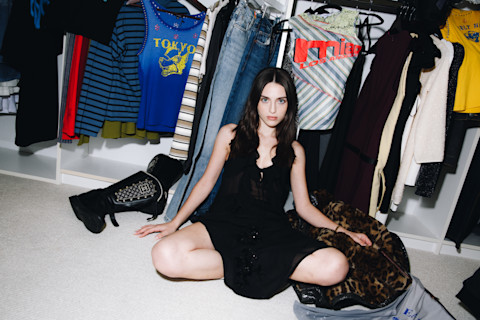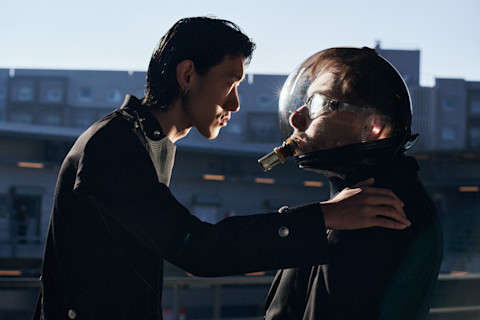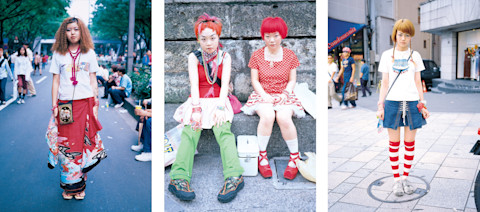Duality of a Trench Coat
Kaitlin Phillips considers the surveillance state and hidden identities while taking the classic garment for a test drive.
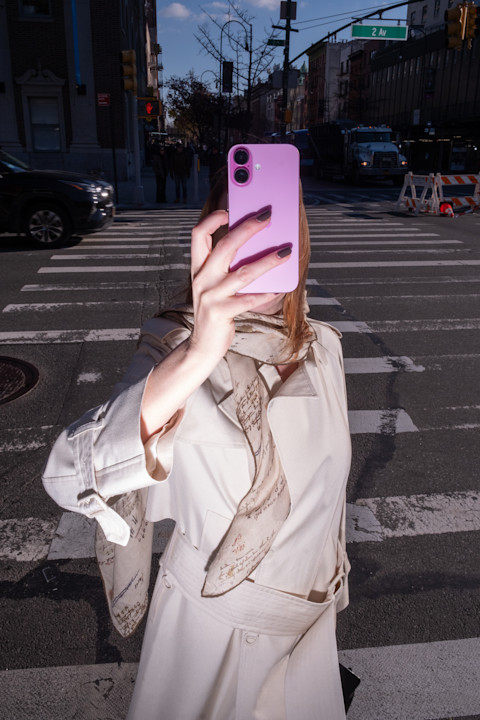
People actually do wear trench coats in London. It’s kind of like a New Yorker wearing a T-shirt that says “I ♡ New York.” (This looks good by the way.) Once I started going to London, I decided I too needed a trench coat, to look the part. I should say right away that I have a weird relationship to the classics. For me, the past starts in the ’70s. That’s also when the notion that a trench coat might be “chic” arrived in the minds of women like my mom, or it should have, but she was in South Dakota. It was five to ten years after the rise of the Burberry trench coat on the big screen (, —all those girl’s school dorm-room poster movies).
Is style genetic? A problem in my case. I’m still enamored by some Midwestern idea of what fashion is, always a little behind schedule. Even after a decade of living in New York, I’m five years late to every trend and just happy to be here. Don’t misunderstand: I “appreciate” the classics. I trends. I just think they happen to other people. I like getting dressed in a friend’s walk-in closet, that’s sort of my ideal relationship to the current fashions. It’s unlike me to get something as classic as a trench coat unless it’s for work (as I write this, I’m wearing a faded and striped bathrobe like the one hanging in the re-creation of Francis Bacon’s studio in that museum in Dublin). Which I guess it is, because I’m getting paid for this piece: exactly one-third of the cost of a Burberry trench coat I was sent in the fall.This trench coat was supposed to be for a house party. Or many house parties, all of which I was only tangentially invited to. When you’re in London you get invited to house parties, unlike in New York City or Los Angeles, where no one, apparently, knows what hospitality means anymore. Because there’s no drinking culture and everyone quit smoking. At every house party in London, things degenerate to the point where a man plays the piano. Then any American girls get drunk and start talking about money. You have to get drunk too, in solidarity. When you put on the trench coat, you feel almost sober again. (Or maybe that’s the rain.)
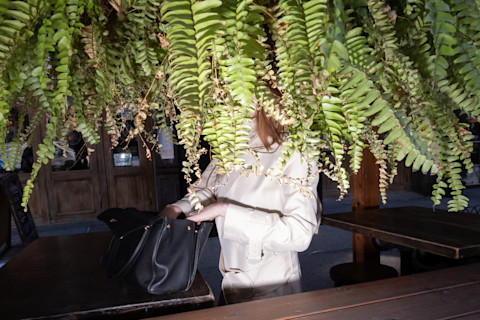
You can wear a trench coat in any season, with anything, because no one can see what you’re wearing underneath. It’s important to look as if you aren’t wearing anything except ballet flats. And a wig? I felt very strongly that if you’re wearing a trench coat buttoned all the way to the top you should also be wearing a blonde wig, like a celebrity or a woman on the verge of a divorce. Anyone being photographed with a long lens. To wear a trench coat is to feel like you are in hiding, or running errands I would never run.My Burberry trench certainly lent itself to oddities. We went to visit my husband’s friend, an ancient Greek scholar, in Cyprus. His wife was out of town. You can cross the demilitarized zone and get a fake CELINE bag, which costs $400 and looks so real you can resell them on The RealReal. I didn’t do it. I thought $400 was a lot for a fake bag. But I wore my trench coat, and there was something fake about that. You got some looks, for being so polished in the fake bag stalls. Cyprus makes sense for a trench coat. It’s a stopover familiar from spy novels. Cyprus, I found out by googling, is the site of the longest-ever trial in the annals of English spies. The trial had to do with the real or perceived homosexuality of the defendants. But there was also a woman involved. (Relatable to some.)


While across the border, we engaged in the tourism on offer. I played the American tourist. I lost my passport inside Varosha, an abandoned beach resort famous, according to the newspapers, for attracting the likes of Elizabeth Taylor. It’s a ghost town now, treated as a family weekend destination, like an amusement park. You walk in the cordoned-off streets and look into abandoned buildings. The grass grows high. We might have swum in the sea, but we did not. I don’t think many Americans have lost their passports there. The guards found it, but instead of giving it back, they questioned me, pulling out my press passes, and my IDs with different last names. (I carry all my identifications from my entire life, and why wouldn’t I?) I thought I might get deported. It took me a while to realize that was what I probably wanted, to get deported back to America. The guards had a way of making me feel like a protagonist.Later, my husband told me they were playing a practical joke. (He learnt this halfway through, though I never noticed, and neither of the men in my party were able to signal this to me. So I kept up a charade of the blustering yet overly confident American Tourist.) It felt real, and I sweated a bit through my trench coat, as if it was a dress. This is a trope in the movies and television: the woman who won’t remove her trench coat. Or maybe can’t, because that would destroy the fantasy that she’s naked underneath. In , Brigitte Lin’s drug-dealer character wears her classic trench coat, her red-framed sunglasses, her matching red lipstick, and her blonde wig from morning to night—and to morning again. It’s all the same cinematic impulse. It’s lazy reporting to call it armor. It’s just a costume.“Why are you wearing a raincoat?” says the bartender. “In case it rains,” she replies.

But it’s not about chance, it’s about eliminating the variables. She appears almost strenuously put-together, as if fixing her identity will solve all her other problems too. Critics, of course, will say she’s nameless, but the critics are wrong. Lin’s character is a character. Her name is exactly what it says in the credits: Woman in the Blonde Wig. A synonym for “woman in trouble,” when you think about it. (The same is true of Tilda Swinton in Jim Jarmusch’s . Trench coat, buttoned all the way up. Long blonde wig, almost platinum. Here, Swinton is credited as Blonde. Not blonde.) They’re reduced to their outfits. Which doesn’t necessarily delineate their status.The trench coat is the rare garment that is worn by people on both sides of a story. You can picture it on both the subject of surveillance—moving a little faster than the camera, a brown paper parcel in her arms—and the private eye at her heels. It doesn’t tell you if the wearer is good or bad, whether they’re in trouble or troublesome. It just says, here’s someone to watch out for.



